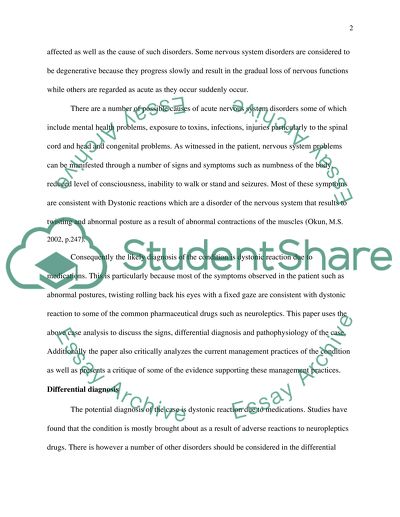Cite this document
(“Pathophysiology of the Nervous System Essay Example | Topics and Well Written Essays - 3000 words - 2”, n.d.)
Pathophysiology of the Nervous System Essay Example | Topics and Well Written Essays - 3000 words - 2. Retrieved from https://studentshare.org/health-sciences-medicine/1401389-pathophysiology-of-the-nervous-system
Pathophysiology of the Nervous System Essay Example | Topics and Well Written Essays - 3000 words - 2. Retrieved from https://studentshare.org/health-sciences-medicine/1401389-pathophysiology-of-the-nervous-system
(Pathophysiology of the Nervous System Essay Example | Topics and Well Written Essays - 3000 Words - 2)
Pathophysiology of the Nervous System Essay Example | Topics and Well Written Essays - 3000 Words - 2. https://studentshare.org/health-sciences-medicine/1401389-pathophysiology-of-the-nervous-system.
Pathophysiology of the Nervous System Essay Example | Topics and Well Written Essays - 3000 Words - 2. https://studentshare.org/health-sciences-medicine/1401389-pathophysiology-of-the-nervous-system.
“Pathophysiology of the Nervous System Essay Example | Topics and Well Written Essays - 3000 Words - 2”, n.d. https://studentshare.org/health-sciences-medicine/1401389-pathophysiology-of-the-nervous-system.


